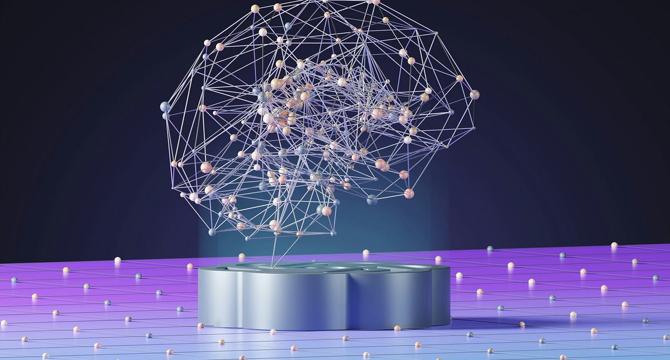Medium
4w
187

Image Credit: Medium
Spiking Neural Networks & their Potential
- Spiking Neural Networks (SNNs) aim to mimic the processing power of the human brain, which is highly energy-efficient and operates asynchronously.
- By capturing features of the brain in artificial systems, low-power and real-time AI models can be developed for small-scale hardware like sensors, drones, and robots.
- SNNs replicate the communication process of biological neurons, where spikes encode patterns, motions, and memory.
- Neuromorphic sensors like Dynamic Vision Sensors (DVS) capture changes in brightness in real-time events, enabling recognition of motion and temporal patterns.
- In SNN model creation, spikes are accumulated over time and used to train the network to emit spikes corresponding to target labels.
- Model training in SNNs involves using surrogate gradients to allow backpropagation through non-differentiable spike functions.
- SNNs are designed to run on neuromorphic hardware for energy efficiency, as opposed to traditional CPUs/GPUs, due to the event-driven nature of their computations.
- In comparison to traditional CNNs, SNNs can be much more energy-efficient when executed on neuromorphic hardware.
- The future of SNNs holds promise for efficient, adaptive, and biologically inspired AI models as hardware capabilities advance.
- Current challenges include the need for specialized neuromorphic hardware and further advancements in training deep SNNs.
Read Full Article
11 Likes
For uninterrupted reading, download the app